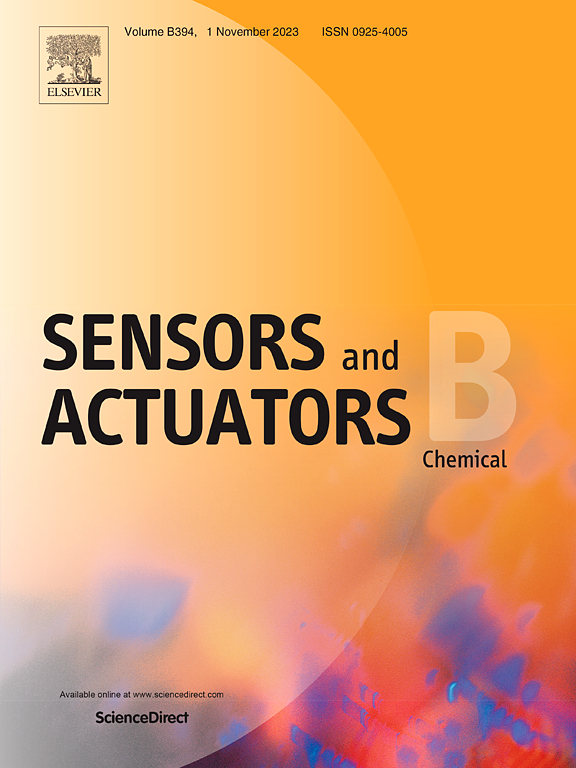Rapid room-temperature NO2 detection based on Bi2S3/polyoxometalate heterostructures: the synergy of increased electron transportation and heterojunction effect
IF 8
1区 化学
Q1 CHEMISTRY, ANALYTICAL
引用次数: 0
Abstract
With the significant increase in global awareness of environmental protection, green non-toxic gas sensors have become an important tool to promote sustainable development. In this work, a gas sensor based on Bi2S3 green non-toxic semiconductor material was successfully prepared. By introducing polyoxometalate (POMs) electron acceptor into Bi2S3 sensing material, its detection ability for NO2 gas was significantly improved. At room temperature (25°C), the Bi2S3/1%PW12 sensor has a response value of 41.88 to 100 ppm NO2, which is 4.36 times the response value of the Bi2S3 sensor (9.61), highlighting its excellent detection performance. In addition, we thoroughly evaluated the selectivity, repeatability and other key gas sensing parameters of the sensor, further confirming its high-potential in practical applications. Through analysis of the mechanism underlying the performance enhancement, it is found that the appropriate addition of PW12 as an electron acceptor can effectively inhibit the electron-hole recombination, thus significantly improving the performance of the sensor. This important discovery opens up a new way and method for the performance optimization of gas sensors, and is expected to inject new vitality into the future development of gas sensor technology.
求助全文
约1分钟内获得全文
求助全文
来源期刊

Sensors and Actuators B: Chemical
工程技术-电化学
CiteScore
14.60
自引率
11.90%
发文量
1776
审稿时长
3.2 months
期刊介绍:
Sensors & Actuators, B: Chemical is an international journal focused on the research and development of chemical transducers. It covers chemical sensors and biosensors, chemical actuators, and analytical microsystems. The journal is interdisciplinary, aiming to publish original works showcasing substantial advancements beyond the current state of the art in these fields, with practical applicability to solving meaningful analytical problems. Review articles are accepted by invitation from an Editor of the journal.
 求助内容:
求助内容: 应助结果提醒方式:
应助结果提醒方式:


